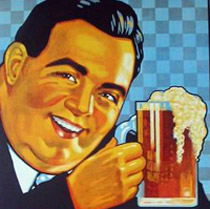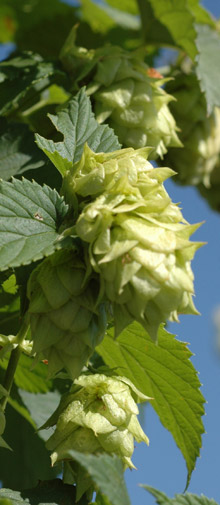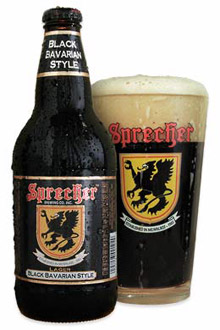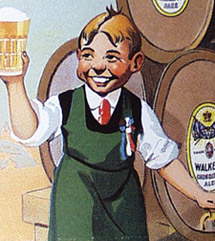 Stuff I marked this past week to muse about on Monday (but there’s not going to be room for). In case you haven’t already hit these links do it now:
Stuff I marked this past week to muse about on Monday (but there’s not going to be room for). In case you haven’t already hit these links do it now:
– Tomme Arthur’s “Last Call” in Beer Advocate magazine — on the subject of auctioning beer on eBay — ignited a thread at BA that’s gone past 200 posts. Arthur since added the open letter to eBay on his blog at Lost Abbey so I suggest starting with that, then scooting over to BA.
– Evan Rail writes about protected status for the term “Czech beer.”
But labels can only do so much. If consumers don’t pay attention to how beers actually taste — buying, for example, low-quality brews ostensibly produced from high-quality ingredients — the term “Czech beer” could end up being a distinction without much difference.
A distinction without much difference — I’ve definitely had too many of those beers.
– Sign me up for the Friday brewery tour at Cricket Hill in New Jersey. The brewery has posted two videos at YouTube (thanks to Lew Bryson for pointing this out). At the risk of having my beer geek status revoked, I’m of the opinion that Rick Reed is less than fair to Bud and Coors. But he sure is entertaining.
– Burton Ale, Burton Ale, Burton Ale. Why you should have Shut up About Barclay Perkins on your RSS reader.
– And although James McMurtry has referred to himself as a “beer salesman” while performing, this is in truth a non-beer link. No point in watching the Grammy Awards tonight, since I’m pretty sure prizes for Best Contemporary Folk/Americana Album, Best Zydeco Or Cajun Music Album and every other category we’d care about will be presented off-air. Instead head on over to McMurtry’s MySpace page and listen a while.
(Choctaw Bingo will get you properly psyched for “Breaking Bad” on AMC, because who can resist a show that centers around selling meth in Albuquerque? They shot one of the scenes in the first episode at the library where Daria works. It’s available online.)
 Part of it is pure chance because several beer periodicals just hit the streets, but this seems to have been particularly dreary week for hops news.
Part of it is pure chance because several beer periodicals just hit the streets, but this seems to have been particularly dreary week for hops news. OK, we’re not at the point that Time magazine has put 750ml bottles of beer on its cover and declared “Beer Is The New Wine.” That would definitely be a jinx.
OK, we’re not at the point that Time magazine has put 750ml bottles of beer on its cover and declared “Beer Is The New Wine.” That would definitely be a jinx. This is a story overtly about wine, so you might not care, and about trends, so you might not care.
This is a story overtly about wine, so you might not care, and about trends, so you might not care.